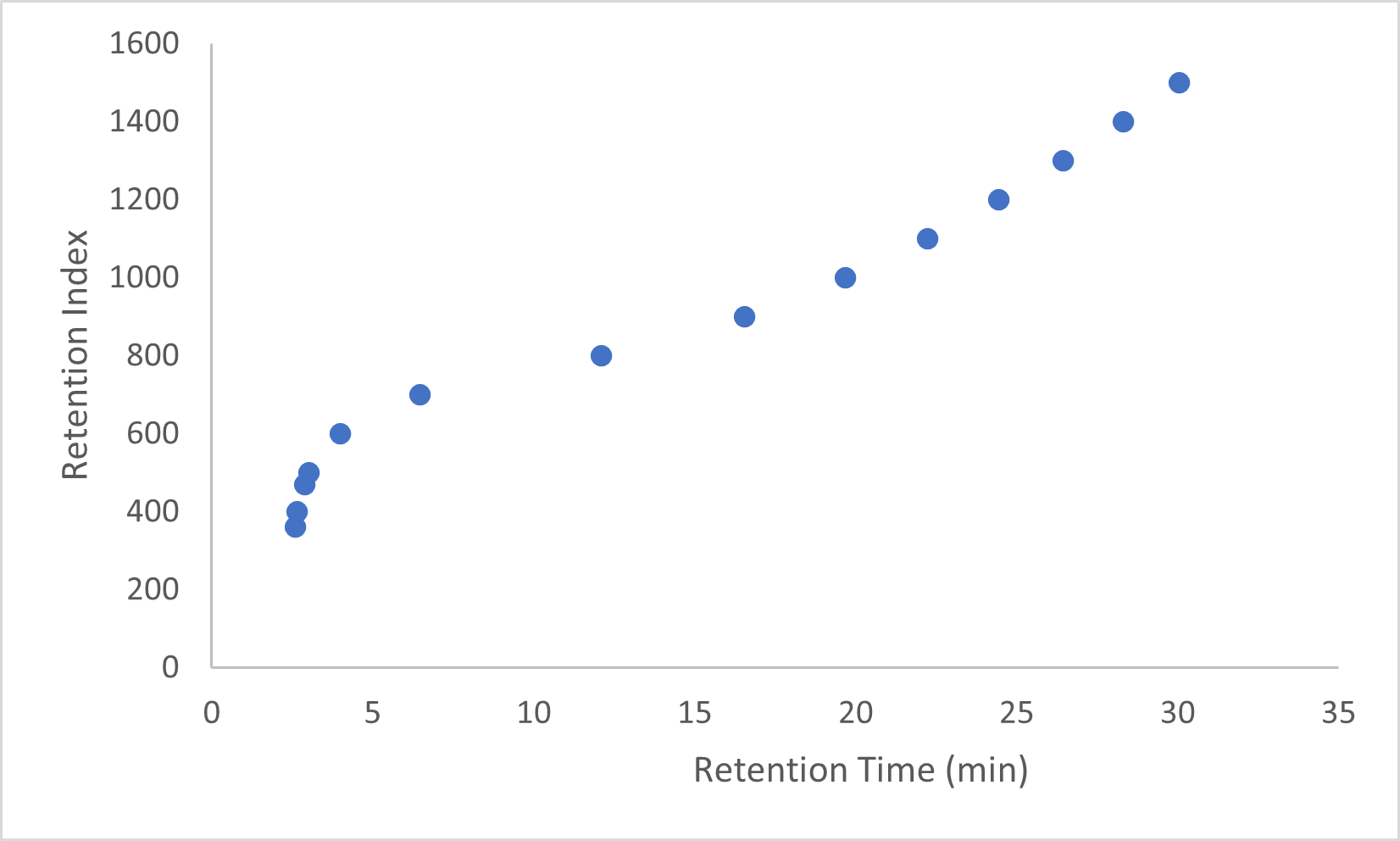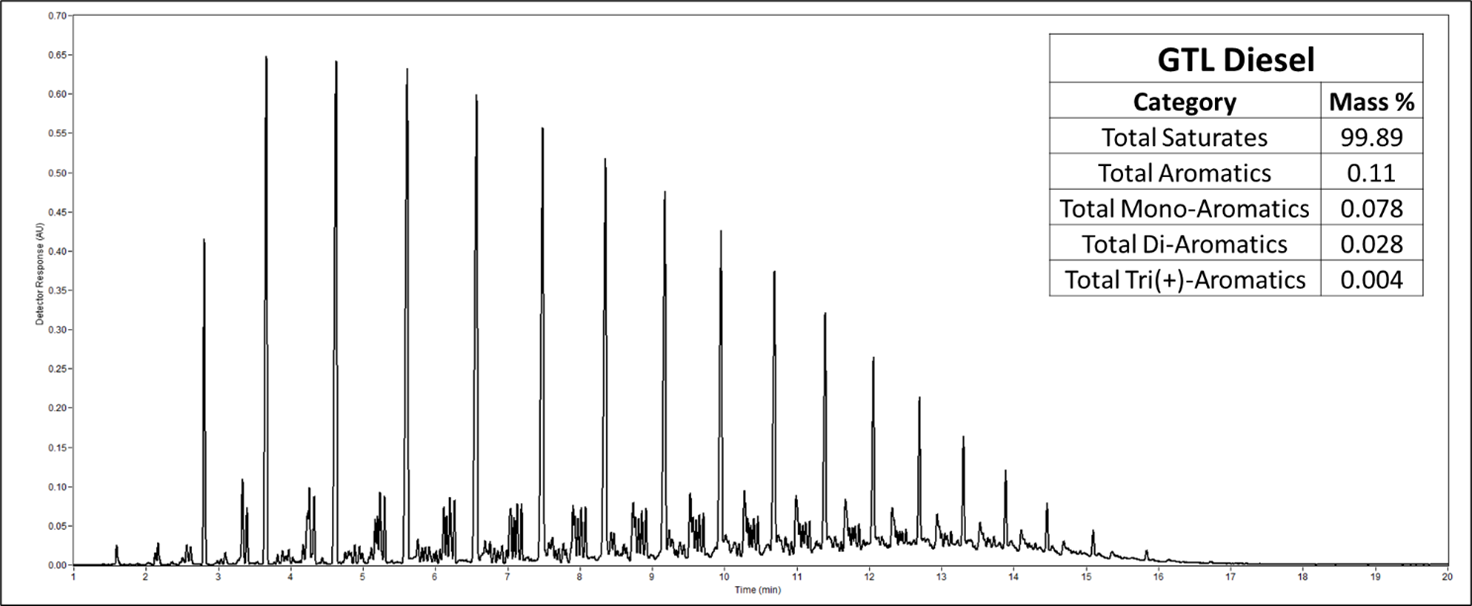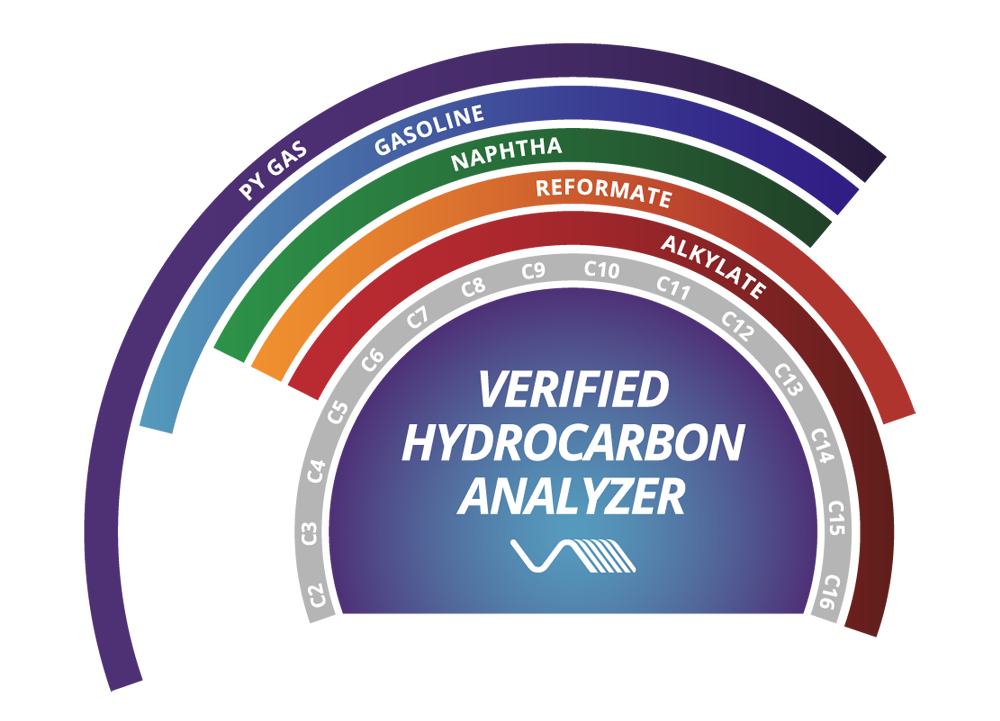Published Dan Wispinski on August 24, 2020
I have been blogging about the traditional FID Detailed Hydrocarbon Analysis (DHA) and our Verified Hydrocarbon Analysis™ (VHA) approach. A leap forward for VHA is a ballot I submitted to ASTM this semester for the new “Standard Test Method for Detailed Hydrocarbon Analysis by High Resolution Gas Chromatography with Vacuum Ultraviolet Absorption Spectroscopy (GC-VUV)”. The ASTM consensus process has garnered invaluable input from industry experts and the contributions of one world renowned DHA and chromatography expert in particular is improving the draft method.
GC-VUV is in some ways a radical departure from a pure chromatographer’s viewpoint. One key is an understanding of the way VUV identifies and quantitates both spectrally verified and class/carbon compounds in complex mixtures and how retention indices, retention times and time intervals are used for VHA.
DHA methods use either retention indices or retention times for compound identification. Then, from the peak integration, peak area and Relative Response Factor (RRF) the DHA compound amount is determined. The use of reference chromatograms tailored to sample type are used by both DHA FID and VHA.
VUV uses a combination of retention time windows, retention index windows and spectral library matching/deconvolution to identify compounds. VUV does not integrate peaks so there are no peak starts, peak ends or peak areas. VUV analyzes time intervals based on a set data acquisition rate. The absorbance in each time interval is related to the concentration of the compound(s). A compound can span several time intervals (related to peak width).
The GC-VUV method requires a retention time standard. The retention times of the n-paraffins are associated with a retention index. The retention indices of n-paraffins are arbitrarily assigned a value of 100 x carbon number.
For example, n-octane at a retention time of 16.146 min has an RI = 800. The VUV library contains the absorbance spectra of n-octane and the expected RI. When analyzing a sample, the software algorithm sequentially examines time intervals (slices) and considers all the possible spectral responses for pure compounds in the library at a specified RI or time window. So, a time slice at 16.146 min is examined for multiple compound possibilities in a time defined subset of the library. The subset can be a retention time window, used to focus on the spectrally verifiable compounds present in the sample type (or reference) being analyzed or a retention index window used to capture the carbon/class identifications.
Note, also that the spectral response for the time slice is also examined for coelutions and if so are deconvolved from up to 3 library possibilities. The quantitation of our n-octane example is calculated from its RRF and the total areal response from the specified wavelength range. The total amount of n-octane is the sum of all the time slices within a defined window that contain spectrally matched n-octane response. The n-octane is not a “peak” with an apex retention time or index. It is a collection of time slices. The retention index, by definition, of a normal paraffin is very precise. In the case of the other compounds, the associated library retention index need not be precise because the assigned RI window is relatively large. That leads VUV to not use a conventional Kovats retention index but rather a linear interpolation between n-paraffins.
The result of the ASTM ballot process will be a method that complies with a very high standard of technical excellence. For this I can thank all the many technical experts that continue to contribute to this effort.










Why not use the log index ?
DHA relies on a precise retention index (RI) and a tight window to narrow the chromatographic peak’s component identification to one possibility. The DHA RI can vary slightly from column to column and the window can change with concentration.
VUV uses a linear retention index with a much larger window (up to ±25 RI units) to obtain a library subset from which the spectral matching of the time intervals can efficiently be applied.